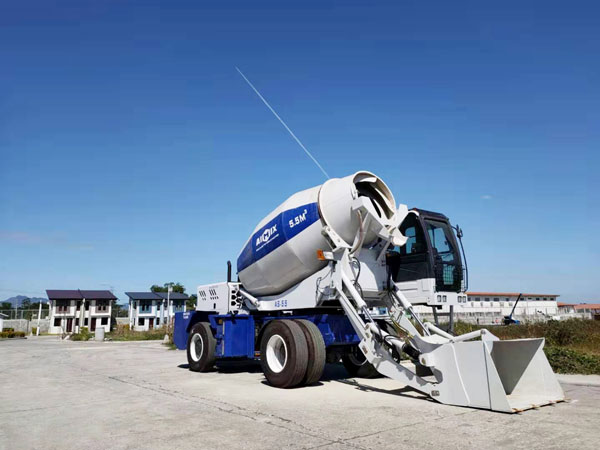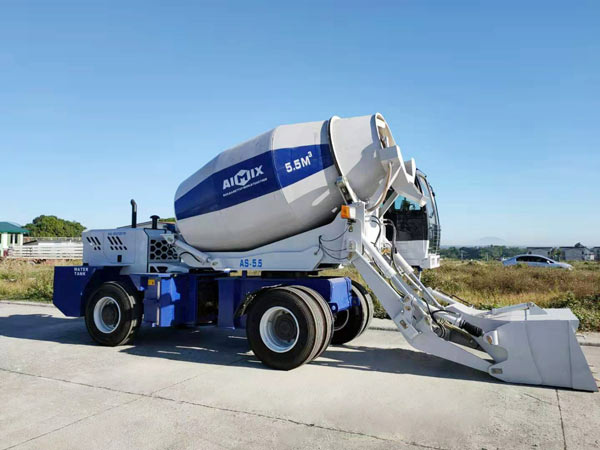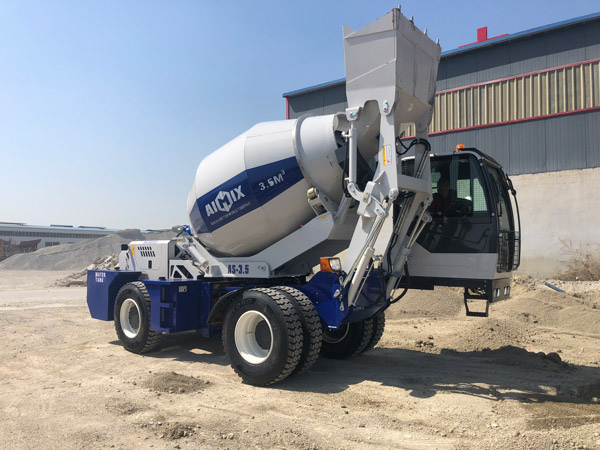


By following the guidelines, you can ensure optimal concrete self-loading mixer performance and high-quality concrete production in different weather.
Weather can significantly impact the performance of concrete self-loading mixers. Understanding these effects is crucial for ensuring optimal operation and quality in concrete production. This blog will explore how various weather conditions can affect the work of self-loading concrete mixers, providing valuable insights for customers.

Temperature is one of the most influential weather factors affecting concrete mixing. Both high and low temperatures present unique challenges. Knowing how to manage these conditions is essential for maintaining concrete quality.
High temperatures can accelerate the curing process of concrete. Rapid curing can lead to cracks and reduced strength. To mitigate this, operators should use water and retarders to slow down the curing process.
Low temperatures can delay the curing process. This can result in weaker concrete. To combat this, operators can use accelerators and heated water to maintain the desired curing rate.
Humidity levels also play a significant role in concrete mixing. Both high and low humidity can affect the water content and curing process. Managing humidity is key to achieving high-quality concrete.
High humidity can increase the water content in the concrete mix. This can lead to a weaker mix. To counteract this, operators should adjust the water-cement ratio to maintain the desired consistency.
Low humidity can cause rapid evaporation of water from the mix. This can result in a dry and crumbly mix. Adding extra water and using curing compounds can help maintain the mix’s integrity.
Rain can pose significant challenges for concrete self-loading mixers. It can affect the mix’s consistency and delay the curing process. Proper planning and precautions are necessary to manage rain’s impact.
Rain can add excess water to the concrete mix. This can lead to a soupy and weak mix. Covering the self-loader mixer and using water-reducing agents can help maintain the desired consistency.
Rain can delay the curing process by keeping the mix wet. This can result in weaker concrete. Using curing blankets and enclosures can protect the mix from rain and ensure proper curing.
Wind can also affect concrete mixing and curing. It can cause rapid evaporation and uneven curing. Understanding how to manage wind’s impact is crucial for maintaining concrete quality.

Wind can cause rapid evaporation of water from the mix. This can lead to a dry and weak mix. Using windbreaks and water-retaining admixtures can help combat rapid evaporation.
Wind can cause uneven curing by drying out certain areas faster. This can result in cracks and weak spots. Using curing compounds and protective covers can ensure even curing and high-quality concrete.
Implementing strategies to mitigate weather effects is essential for successful concrete mixing. These strategies include adjusting mix proportions, using admixtures, and planning for weather conditions. Following these practices helps maintain concrete quality and consistency.
Adjusting the mix proportions can help manage weather effects. This includes modifying the water-cement ratio and adding admixtures. These adjustments ensure the mix remains workable and strong under various conditions.
Admixtures can enhance the mix’s performance under different weather conditions. Retarders, accelerators, and water reducers are common admixtures. Using the right admixtures can help achieve the desired concrete properties.
Planning for weather conditions is crucial for successful concrete mixing. This includes monitoring weather forecasts and preparing for potential impacts. Proper planning ensures smooth operations and high-quality concrete.
Weather can significantly affect the work of concrete self-loading mixers. Temperature, humidity, rain, and wind all present unique challenges. Understanding these effects and implementing strategies to manage them is essential for maintaining concrete quality. By following the guidelines provided in this blog, customers can ensure optimal performance and high-quality concrete production, regardless of weather conditions.
